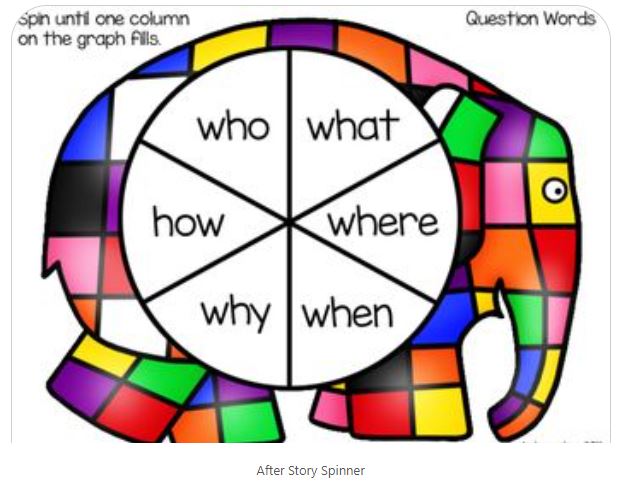While we tend to think of reading as a skill that all kids should already have mastered by the time they reach fifth grade, it has been shown that many students cannot read proficiently. This means that teachers must find creative ways to help their students get better at reading and understanding.
There are several ways to do this. What’s best will depend on the student, but here are some excellent tips that all teachers should know. If your fifth-grade students have trouble reading and understanding what they read, they may not have been taught the basics yet.
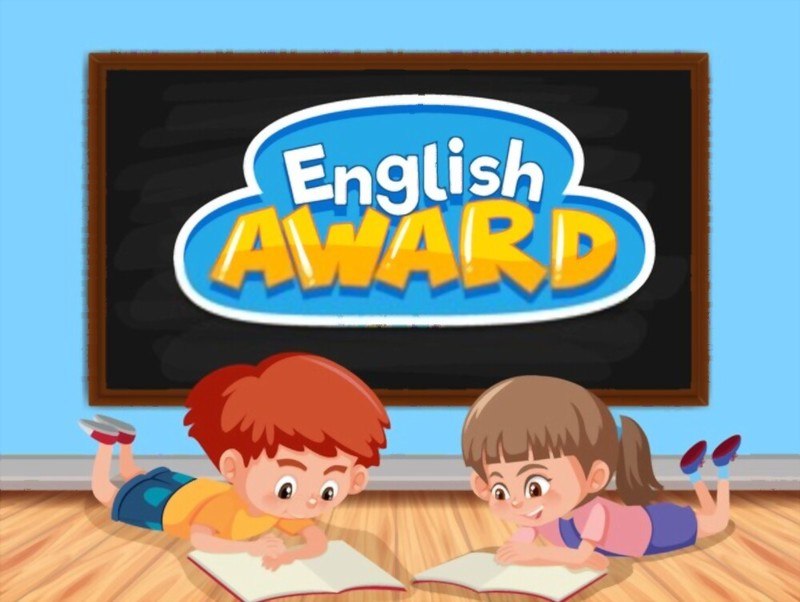
Contents
15 Engaging 5th Grade Reading Comprehension Activities
1. Bloom Balls
Bloom Balls can help students of all ages understand what they are reading. The balls work by having students read the first sentence and then close their eyes, envisioning the story in their head correctly before writing a paragraph about the sentence. This allows them to solidify the information in their mind and organize it logically.
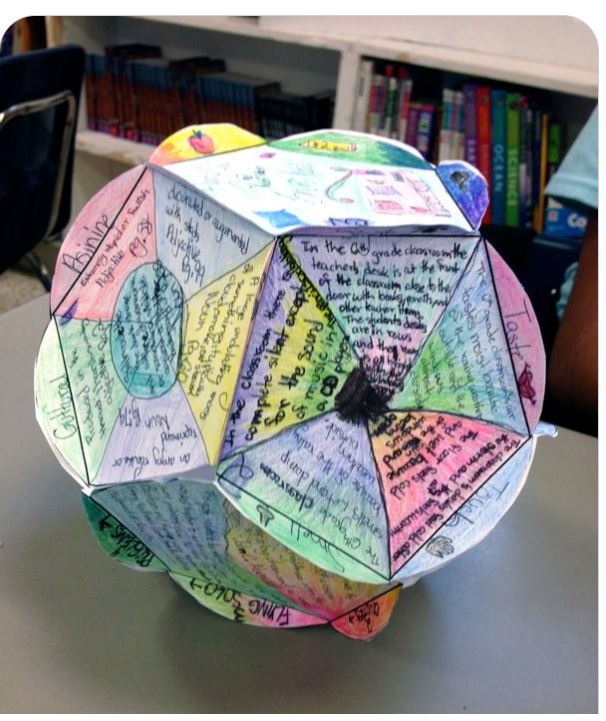
2. Reading Extension
For more advanced students, this method will help them connect two related passages of text through an activity called topic journals. For younger, struggling readers, this will help them visualize as well since they will be asked to summarize a passage, then read a second passage, then write down what they think the connecting passage means.
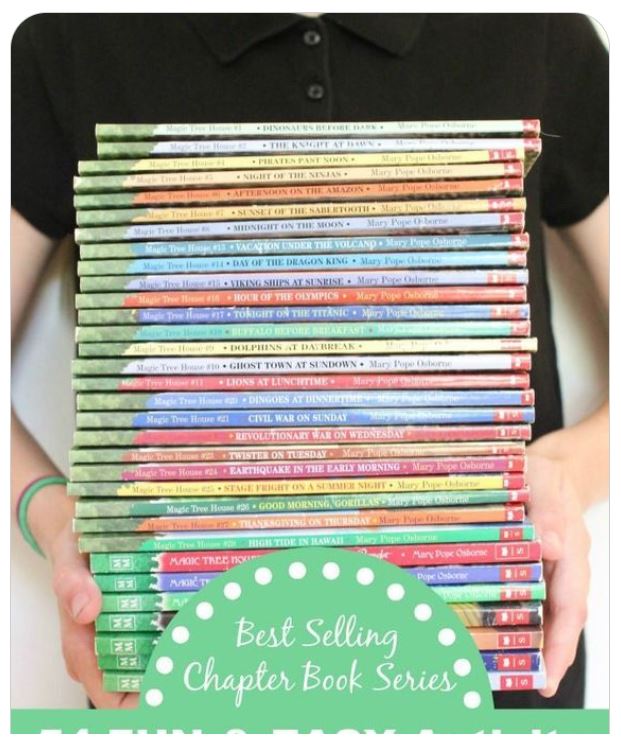
3. Reading Word Study
Teachers can use cards that have vocabulary words on them and have students spend about 10 minutes reading and memorizing any new vocabulary words that appear in their studies. This is a very effective method because it helps make vocabulary learned in the classroom much more concrete.
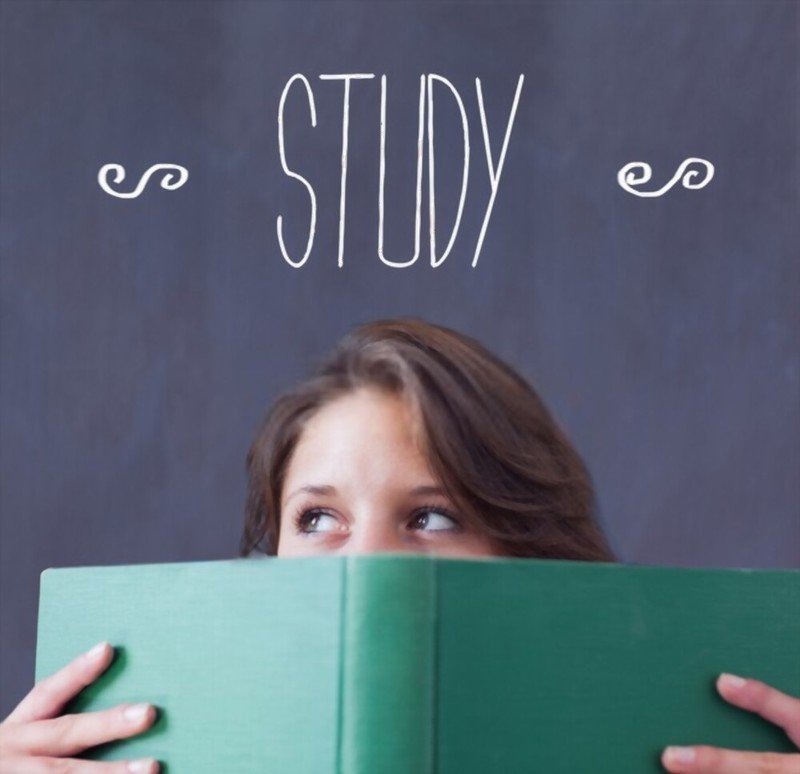
4. Interactive Language Arts
This is a great method for older students and those who need some extra help learning the basics of reading. This method will involve students in more activities related to being part of a story, allowing them to make connections between their personal lives and the stories they read. It also allows them to express what they think about a particular passage through an opinion journal or writing assignment.

5. Compare the Characters
A way to help fifth graders think about how characters change this method involves having students take roles as one character or an object of the story and then complete a chart about those two characters. This can be done with any two characters in any book that they are reading, and it will help draw out their thoughts on the matter.
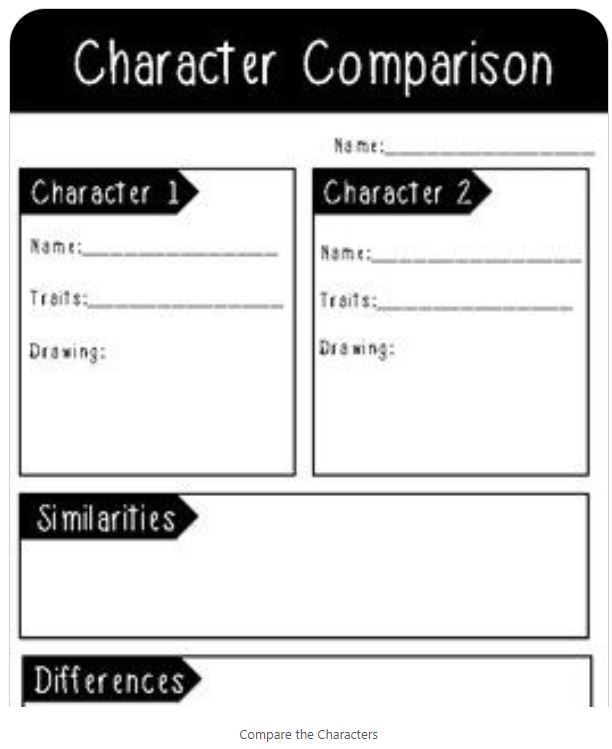
6. Volcano Graphic Organizer
An excellent tool for helping students use their critical thinking skills to make connections between different text passages. The volcano graphic organizer involves students drawing a scene from the story they are reading. Then, they have to describe the details of the scene using complete sentences using words from the vocabulary list provided.
This allows students to organize their thoughts about possible outcomes for the characters and allows them to use some critical thinking skills in making the transition from one passage to another.
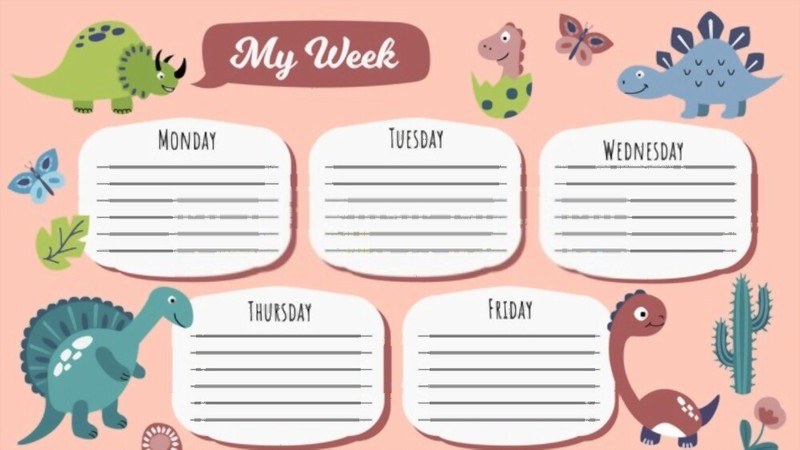
7. Wanted Poster
This is a great way for students to learn how people think about and react to events in different stories. It involves having students create a wanted poster for two characters from a story that they are reading.
They can choose any two characters from the book and go through the same process used in the volcano graphic organizer above of describing what is memorable about them using complete sentences using words from the vocabulary list provided.
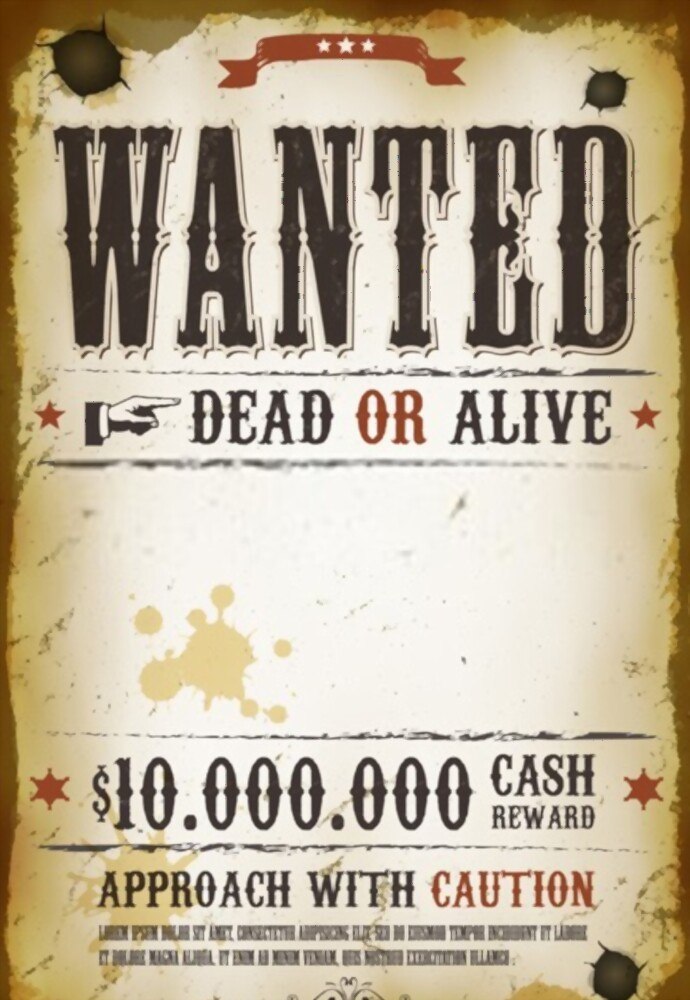
8. Make a Timeline
An excellent tool that can help fifth graders make connections between different passages of text. Usually, it involves students taking a piece of paper and drawing a line down the middle.
Then, they have to write down what happens in one part of the story before moving to the next section and writing about what happens there. Then, they go back and do it all again on the other side of the paper without crossing the first line.

9. Anticipation Guide
Usually, this method will involve students writing down a summary of the story they are reading on one side of a page before writing down what they think will happen next on the other side. This is a great way for students to practice making predictions about what will happen next in the story, and it can be used with any book they are reading.
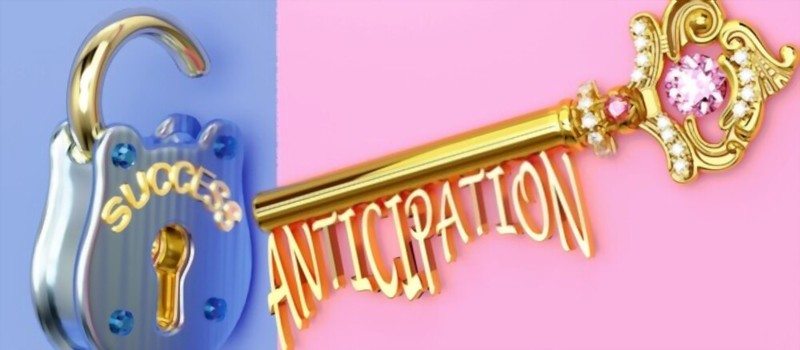
10. Learn Your Vocabulary
There are many ways to help your students get better at vocabulary words. One way is by using flashcards. You can make cards using pictures and words to help students understand their meaning better. This helps with their reading comprehension because they can connect the word they are reading to a picture and write it down in their notes or on their paper when they read.
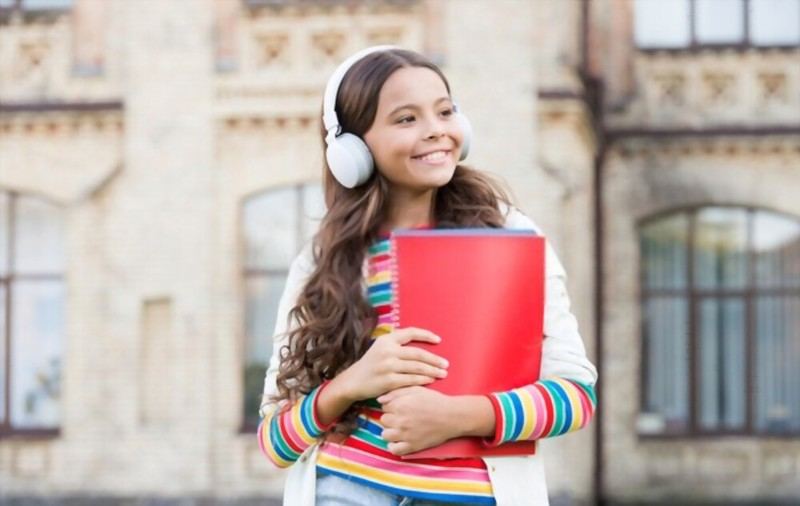
11. Lego Read and Build
This is a great way to engage your students when reading and give them a hands-on activity. It is an opportunity for students to tell a story through pictures instead of words.
Some ideas for this include creating characters from the story and then creating the setting, having students work in partners and create the beginning of a story, or creating something that happens in the story, like an illustration or video.
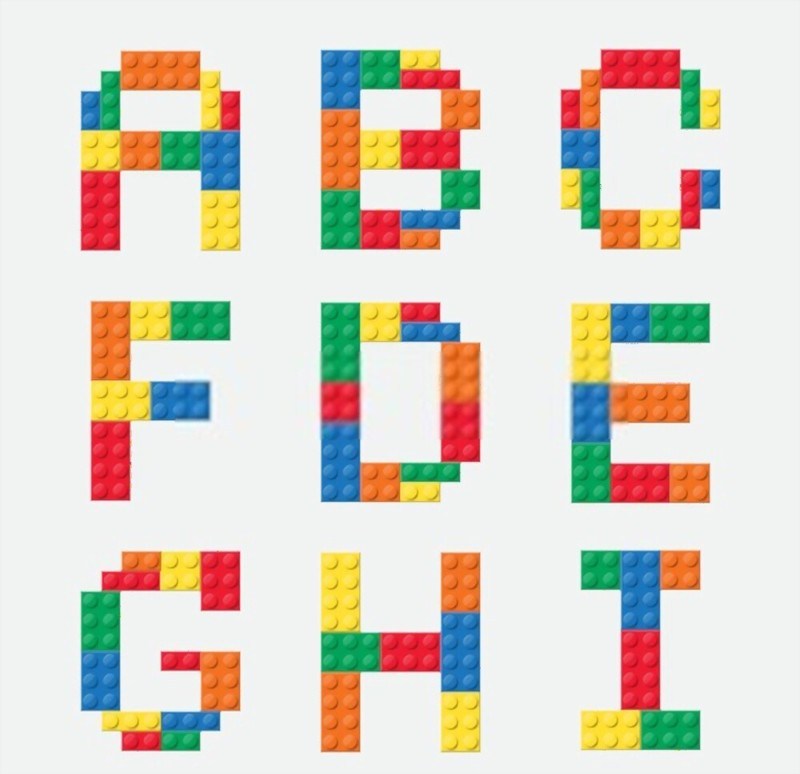
12. Signal Words and Story Mats
A signal word describes something that will happen next in the story. They are usually words like “When,” “Then,” “Next,” or “So.” The story mats help students understand these words because they can put their hands on them and use them as a reference.
This allows students to better understand when the book will move on in time or what they think will happen next.
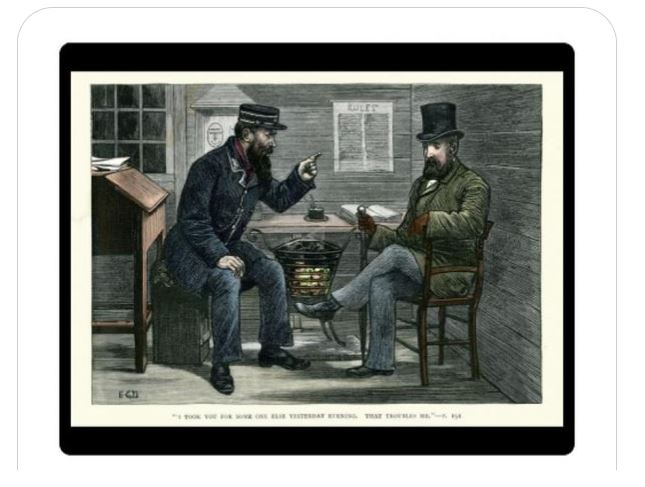
13. Community Show and Tell
Students are given a show and tell about different books they are reading, where they have to act out or draw something significant in the story. It is a way for students to share what they have learned with others, encourage dialogue between friends and build their confidence in their learning.

14. Story Train
Students create a story by adding to the train of events. They start with an original story, and then each student adds a part to the end of the train. Each student takes turns adding on to the train of events or telling their ending. This is a great way for students to participate in their reading and make it their own.
15. After Story Spinner
After reading a story, students get a blank piece of paper and spin it around the room using their hands. Each person then grabs a different part of the paper and tells the story to the groups. This is an excellent way to improve their word choice skills and learn how to tell a story by describing each character in detail and how they relate to one another.
